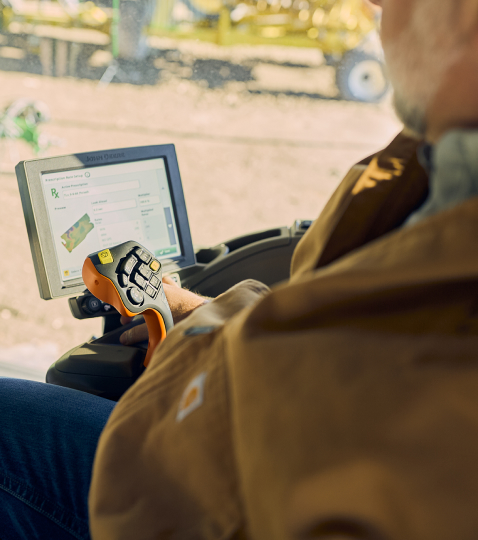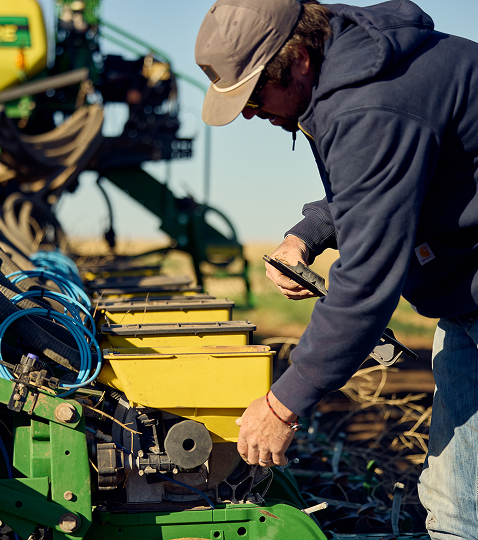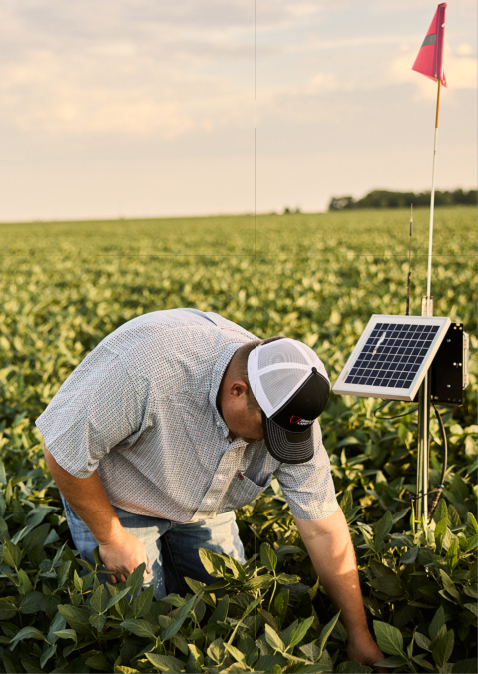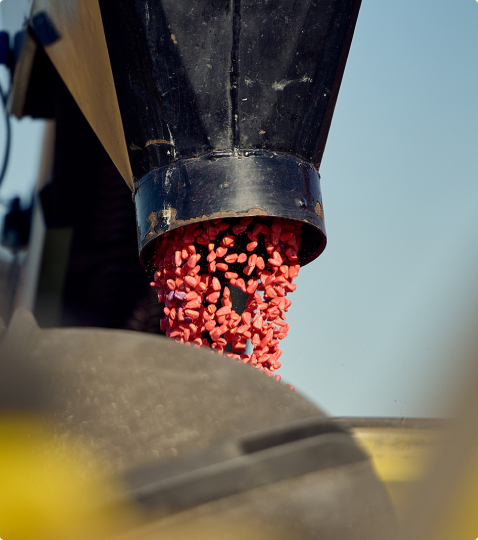Adopting Water Conservation Technology
It’s in the best interest of Texas farmers to steward resources efficiently, ensuring both the well being of the next generation and the farm’s success.
To raise healthy crops on Texas farms, farmers need to know what each field specifically needs – and every field’s needs may vary. Adopting modern farming technology is an ideal way to provide accurate answers.

5 Ways to Conserve Water with Technology
There are many innovative and effective technology options available that deliver on the precision farmers need to protect resources. Out of the many options, here are 5 ways of conserving water commonly used by Texas farmers.
1. Global Positioning Systems (GPS) and Geographic Information Systems (GIS)
GPS and GIS technology offer valuable data through accurate field mapping, soil sampling, crop scouting and yield mapping.
Farmers protect water and land resources with these tools because each one provides a guide for planting seeds or advises how to address weeds and diseases only in areas where needed.
Every year the data layers provide a more accurate picture of each field’s unique yield potential and needs moving forward.

2. Variable Rate Application
From a farmer’s perspective, too much fertilizer or too many seeds is not optimal. New options are available to adjust the amount and location of any input – seeds, fertilizers, pesticides, etc. – by using variable rate application.
Satellite images, soil maps or yield data can provide a map that is loaded into a farmer’s sprayer or planter. The map then guides the equipment to apply the input at the area and amount needed – no more, no less.

3. Soil Moisture Monitoring
One of the most common conservation practices used on irrigated farms in Texas is irrigated water management, which is a plan that helps farmers know when, how much and at what rate to apply irrigation water. When adopting this practice, farmers monitor rainfall, plant growth and the deficit water needed to keep a crop growing and productive while conserving and preserving water.
A farmer can obtain the data needed for irrigated water management plans through options like thermal satellite imagery or by installing sensors / soil moisture probes in their fields.
Farmers can access and download satellite imagery that reveals temperature variations corresponding to crop stress through a subscription to a web platform, or they can place soil sensors or probes into the soil in several areas in a field to show soil moisture levels where the probes are placed. Farmers have access to a variety of new technologies to help guide efficient irrigation decisions and conserve water.

4. Drones and SmartPhones
Sometimes things can go wrong with different types of irrigation. The faster an irrigation issue is fixed, the more water is preserved.
Since the average Texas farm size is 544 acres, farmers are turning to drones and smartphones to identify and solve issues quickly when they arise. Farmers can fly a drone into tricky-to-reach areas in fields in less time than it would take to walk.
Farmers can also control sprinklers through apps on their smartphones. If a sprinkler gets stuck, someone can easily push a button on their phone from anywhere to shut the water supply off until the problem is fixed.

5. Plant and Seed Innovation
Equipment is not the only tool that Texas farmers are using to raise their crops more efficiently.
Scientists in agriculture are finding success after years of research to develop crops and seeds that require fewer resources like water or pesticides and herbicides.

Featured Videos